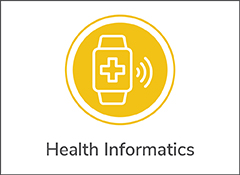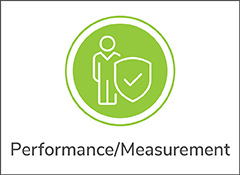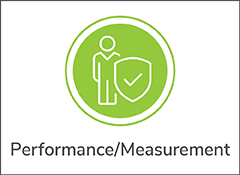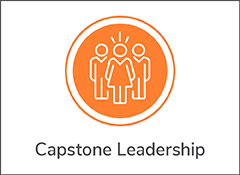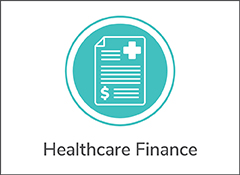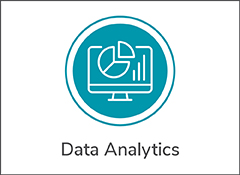American healthcare delivery is in the midst of a transformation. Buoyed by an explosion of information and computing technologies, healthcare delivery is rapidly evolving from an imprecise, population-based approach into a targeted system that responds to the unique biological, psychological, and social profile of individual patients. Technological advances now permit inexpensive and seamless data collection and processing, allowing previously unimaginable delivery of meaningful data from patients to healthcare providers, administrators, and analysts.
Healthcare analysts must become facile with managing the volume, velocity, and variety of “big data” sources now available to inform healthcare delivery. In this course, we will begin by introducing the evolving concepts of big data and study how networks of data inform healthcare analytics in ways never previously possible. We will review health analytic techniques, including data acquisition and management from data warehouses, data manipulation in Excel, and techniques to visualize data to tell a narrative and generate insights. We will study examples of data convergence, consider vignettes where healthcare analytics made a difference, recognize the important limitations of health analytics, and think creatively about how to parlay analytic techniques to transcend how things are “usually done,” and instead build a future for how healthcare should be optimally analyzed and delivered. These topics will be supported by readings from the assigned textbook, along with related articles and chapters posted on the class website.
The overarching goal of this class is for participants to gain familiarity with modern health analytic techniques. For some of these techniques the objective will be to develop mere familiarity and knowledge about how the technique is used, what questions it can answer, and who to talk to if you ever want to employ the technique – i.e. ATLAS.ti coding of text data and conjoint analysis. For other techniques, the objective will be to acquire hands-on skills – i.e. data importing, analysis, visualization, and reporting using Microsoft Excel. In all cases, we will think critically about how to use these techniques to build a more efficient, more effective, and less expensive healthcare system.
To achieve these goals, the class is designed to showcase examples from health analytic practitioners in the field. We will learn from physicians, data analysts, hospital administrators, and executive leaders. We will evaluate how multi-disciplinary approaches to health analytics provide new opportunities for designing healthcare systems for the future, starting today.
